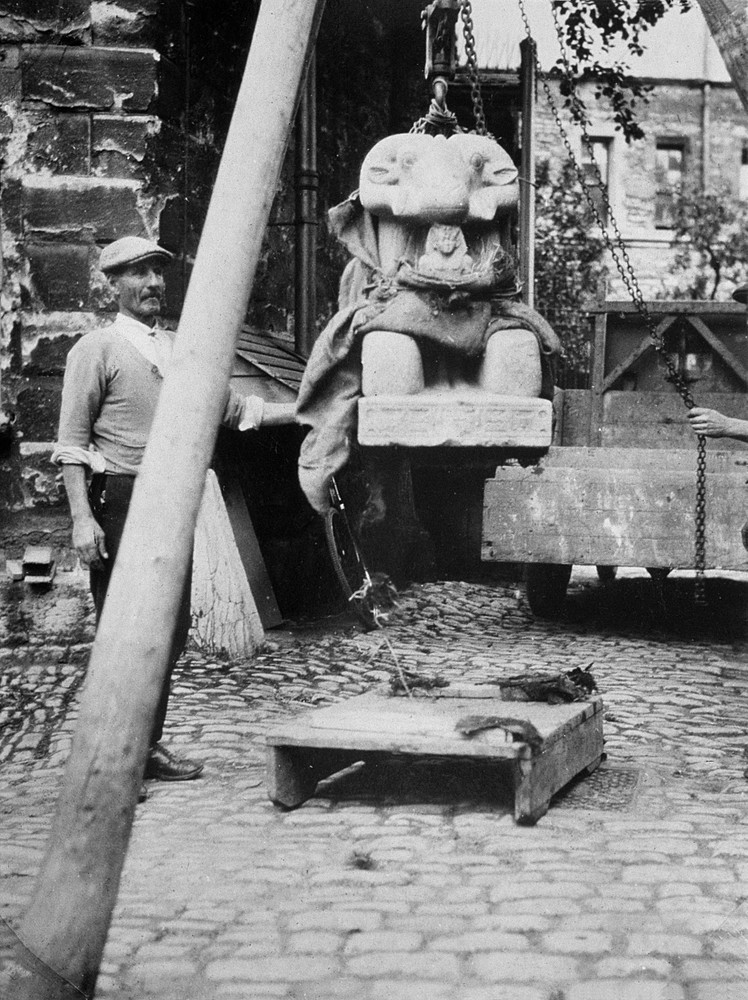A Photo Collective Guide

How to get the best results from museums and archives – An Article from The Photo Collective
Heritage and museum archives are a treasure trove of artworks, photographs and manuscripts ready to be discovered!
Searching the online collections, approaching the right department, and streamlining what you ask for can be the key to getting the best out of your research. This short guide can help you discover the perfect image for your publication or content that you may have not found before.
Why use museums and archives?
You may have a reference image or object number from book or website. Perhaps, you have been told that a certain painting exists – but you can’t find it in the usual places? Try asking university, city, parish or council libraries and archives. They have hundreds or thousands of photographs, maps, manuscripts and prints available – many already digitised – some will be available to have scanned, perhaps for a small fee.
Museums and heritage institutions have many artworks not digitised and therefore not necessarily visible online. Find out if the object or the subject of what you are looking for are in their collection by visiting their online collection website. To know who to approach, consider what periods of history, geography and donations they have or specialise in.
Open Access has increased in popularity within the Heritage sector recently. Some out of copyright images are available to download and use within terms and conditions.
Where to start:
- BAPLA has a helpful list of specialist museum and smaller picture libraries you may not have thought about before.
- Search engines: Be specific about the object you are looking for – often it’ll take to straight to the institution you need to contact.
- Art UK – the home for public art collection in the UK
Don’t give up!
Give yourself plenty of time to undertake this research and for time taken for replies and new photography lead times. Sometimes replies can take weeks.
Who to ask for help:
Send emails to different archives or libraries to see if it’s something they might have. They might even point you in the right direction. Librarians, picture library assistants, archivists’ volunteers are experts are really keen to help.
Commission a professional Picture Researcher:
A Picture Researcher will approach the project with an understanding of the timeframe, required, will have contacts in the industry, knowledge of fair fees, prior experience of approaching archives and museums and will often know who has what and knowledge of their systems, which is invaluable. A Picture Researcher can save you time, reproduction fees and handle all paperwork for your project.
How to make an inquiry:
It’s tempting to make your emails very detailed or even too formal. Your query will be dealt with quickly if it’s easy to read and succinct. Sending an email is easiest and if necessary, follow up with a phone call. The professional on the end of the phone will find it easier to refer to a written email as spellings can differ or details misheard.
What to ask for:
A clear and concise brief:
- artist/author
- title
- date created
- shelf mark/accession number (if known)
- a reference image (if possible)
- a brief: e.g. ‘A photograph of a child working in a Lancashire cotton mill c.1880s’
Describe how you wish to use the image:
- Print/digital
- online/social media/marketing
- duration/print run
- territories/languages
- size to be used (if you know) – inside/cover
- OR TV/streaming
- date the license to start (publication date)
- project title & author/director.
What fees to expect:
If digitisation is required there may be a cost in addition to the reproduction fee (if any). These additional costs can range from £10 – £75 or more depending on whether the photographers/staff require specialist equipment, or the object is difficult to handle or recover.
Pro tips:
Be clear about your budget. There may be discounts for educational /academic use, waived fees for using a low resolution for non-commercial use. There may be deals with the publishers or company you are researching/working for.
Written by Erica Martin / The Photo Collective
Image credit: AN1931.553 Statue of the ram of Amun, photograph. Image © Ashmolean Museum, University of Oxford
